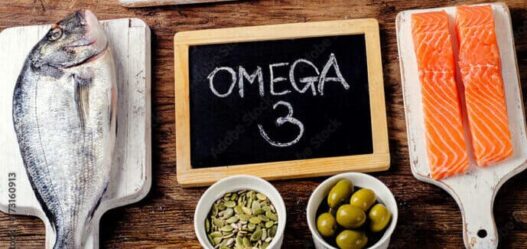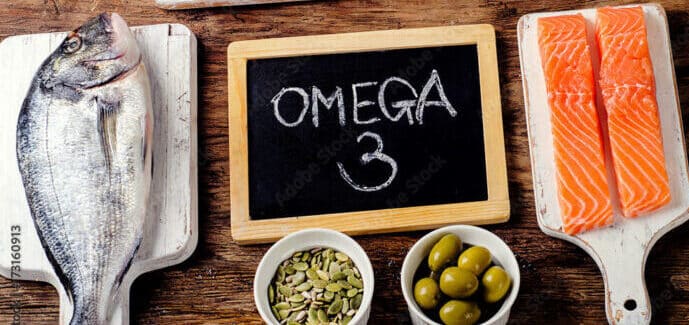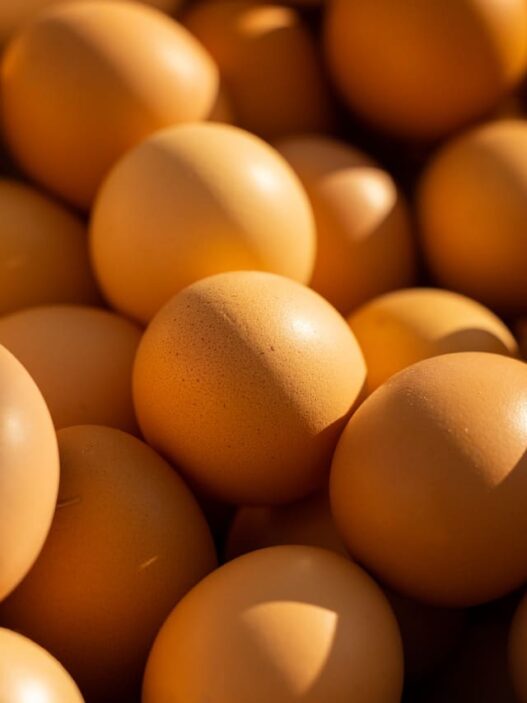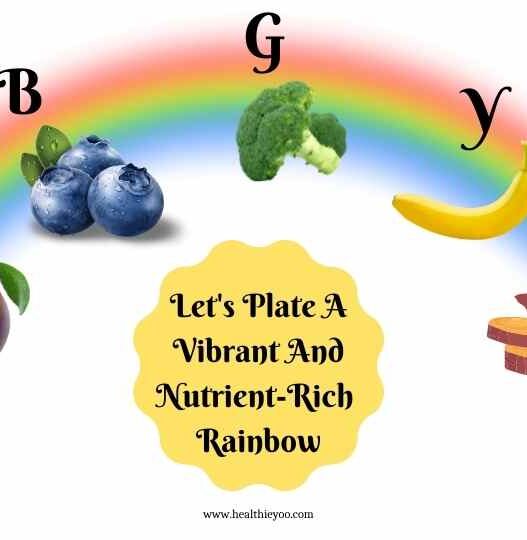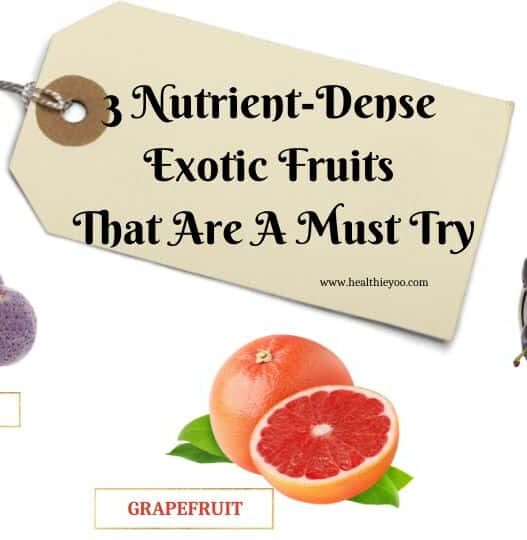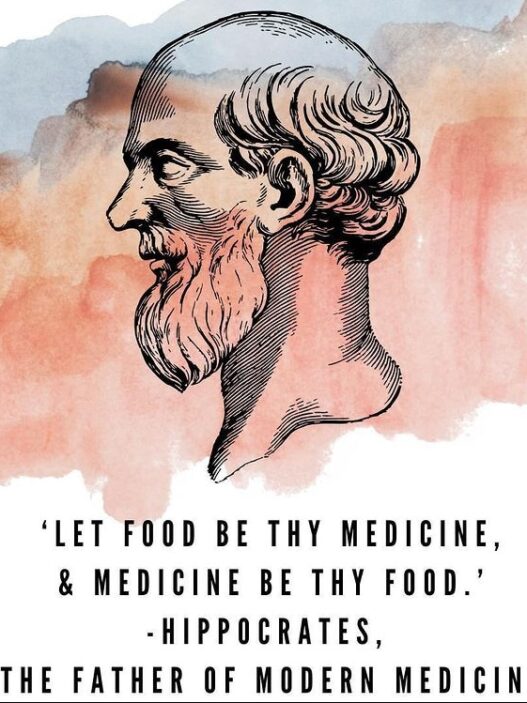Are fats healthy? Check out the wonders of fats – the fatty acids such as MUFA and PUFA, the triacylglycerol, and the cholesterol.
As a Nutritional Therapist specializing in genetics and a naturopath, I often have the thankless task of listening to several misconceptions surrounding dietary fats. Among the essential macronutrients that we must introduce to our diet, fats are those most mistreated and avoided especially by people who are trying to lose weight (and probably following a DIY diet!). The fear or even obsession regarding them is based on the wrong assumption that “fat makes us fat!” As I believe that the best way to help patients is to educate them, so that they can make informed choices, I would like to introduce you all to the wonders of fats and the most important fats that we introduce in our diet – the fatty acids, the triacylglycerol, and the cholesterol.
Fats, or lipids, are present in all living matter, from microorganisms to plants and animals. They have pleiotropic (meaning multiple) effects. We now know they do not only serve as a very effective source of energy (this, I’m afraid, is true: they contain 9 Kcal/g compared to the 4 provided by carbs and proteins!) and as an integral structural part of cells, particularly cell membrane, but they also work as messenger molecules. This means that we must introduce the right amount of all of them in order to function normally.
Lipids have very different chemical structures and functions. Here I would like to talk about the most important fats that we introduce with diet: fatty acids (FAs), triacylglycerol (or triglycerides, TG or TAG for short), and cholesterol. I will discuss phospholipids and fat-soluble vitamins on another occasion!
Fatty Acids
Fatty acids (FAs) are particularly abundant in the human body and they are essential from a metabolic and nutritional point of view. However, they rarely “wander” around or are present in foods as free fatty acids but are normally bound to glycerol, cholesterol, or phospholipids (we call this specific link “esterification”). Most of their functions and characteristics depend on the length of their chain and level of “saturation”. I am quite sure you would not imagine that acetic acid, present in vinegar, is a fatty acid!
It is very short indeed as it contains only 2 atoms of carbon and propionic and butyric acid (respectively, 3 and 4 atoms of carbon) is produced by the colonic fermentation of fibres in our gut. These special fats are called Short Chain Fatty Acids (SCFAs). They have now gained a certain notoriety as they might lower the risk for colorectal cancer, reduce inflammation, improve blood pressure and metabolic syndrome, and decrease the overall risk for cardiovascular diseases (CVDs).
The longer the chain of fatty acids is, the less soluble in water the fats become (you cannot mix water and oil, right?). Some of them can contain a special chemical link called “double bond”. If fatty acids have only one double bond, they are called monounsaturated fatty acids (MUFA). When fatty acids contain more than one, they are called polyunsaturated fatty acids (PUFA). If they do not have any double bonds, they are called saturated fatty acids (SFAs). Extra virgin olive oil (EVOO), for example, is very rich in MUFA. The consumption of EVOO has been consistently linked with reduced mortality, particularly from CVDs. Moreover, EVOO can reduce inflammation and oxidative stress. EVOO also improves insulin resistance in obese individuals.

Among PUFA, there are two special classes called Essential Fatty Acids (EFAs) (remember: in nutritional science, we define a nutrient essential when we cannot synthesize it in our body so we must introduce it through diet). Omega 6 and omega 3 are the two types of EFAs that humans must consume. Linoleic acid (LA) and alpha-linolenic acid (ALA) are their two precursors. We can either ingest LA and ALA as such or their derivatives. They are both critical for cell membrane function and regulate inflammation. However, if we consume too many omega-6 PUFAs (i.e. from vegetable oils like corn or sunflower), we tend to shift towards a more inflammatory state. Therefore, we must calibrate these fats by eating omega-3 fatty acids coming mainly from oily fish and flax seed.
Unsaturated fats tend to be liquid at room temperature, while the saturated ones are “harder” and denser and so tend to be solid (think of the physical difference between oil and butter and you’ll immediately understand which one contains more SFAs!). Although it is true that too much saturated fats can be detrimental to health, we cannot eat only the unsaturated ones. An excess of SFAs would harden both our arteries and our cell membrane (making the exchange of information between cells more difficult) but even too much unsaturated could make our cell membrane and even blood too fluid. Everything in nutrition, like in life in general, is about finding the right balance!
Another myth is that SFAs are contained only in animal fats. In reality, vegetable fats such as coconut oil and palm oils are extremely rich in SFAs. Does it mean they are not healthy? No, but they must be consumed with attention and be alternated with less saturated fats such as the most beneficial EVOO.
Triacylglycerol
Triacylglycerol (TG): As aforementioned, fatty acids are usually esterified (bound) with other molecules. When three of them are linked to glycerol, they form triacylglycerol. Triacylglycerol is stored in our adipose tissue and constitutes our most important reserve of energy.
Triacylglycerol not only provides us with energy but they also thermally isolate us (they keep us warm) and sustain/protect our internal organs. Without these fatty cushions, we would be very vulnerable to cold and our organs would literally collapse!
We measure circulating triacylglycerol in blood as those in adipose tissues are not accessible. We must keep triacylglycerol under certain limits as they increase the risk of cardiovascular diseases. In the UK, for example, we suggest a non-fasting triacylglycerol level below 2.3mmol/L. and a fasting triacylglycerol below 1.7mmol/L.
Cholesterol
Cholesterol: possibly the most “hated” and feared of all fats, cholesterol has really had a bad press over the last 40 years or so! Chemically speaking, it’s very different from the other two types of fats I talked about earlier. Cholesterol is a sterol contained exclusively in animals’ cells.
If you look at the picture below, you can immediately notice at least two important characteristics of cholesterol. First of all, it is not made by simple “chains” of fats, like the fatty acids but it has quite a complex structure. Secondly, please observe how similar it is to testosterone and estradiol, the two main sex hormones. And why is that? Because cholesterol is the precursor of all steroid hormones (sex hormones and those made by the adrenal glands), bile acids (needed to digest and absorb fats), and Vitamin D! Yes, you got it right. Vitamin D is synthesized in our skin, upon exposure to UV radiation, from cholesterol.
I hope you can see how vital cholesterol is and why, for instance, many young ladies experience menstrual problems because of a lack of fats and too little cholesterol in their diet. As for other fats like triacylglycerol and fatty acids, we must keep an eye on blood levels of cholesterol but stop being obsessed about it as it is an essential nutrient!

Takeaway Messages
There would be so much more to say about dietary fats and the functions of lipids so I will write more on this fascinating topic.
The key information to remember is:
- There are several types of fats we must necessarily introduce with diet (fatty acids, triacylglycerol, cholesterol) and we cannot exclude any of them;
- Lipids regulate essential body functions like inflammation and immune responses, endocrine and nervous systems’ activity, cell signaling, gene expression, etc.
- Fats make you fat only if you eat too many of them and the wrong ones! Fats promote a sense of satiety so they may actually help you feel full sooner, while simple sugars do the opposite!
- Do not make drastic changes in your diet by cutting out fats. Ask for professional help if you want to lose weight and/or improve your health.
- Common signs of fat deficiency: depression, mood swings, dry skin, impaired hormones, mental fatigue/brain fog, feeling cold and hungry, poor immune response, and…many more!
Sources

Elena Panzeri has a MSc in Nutrition and Genetics from Twickenham University (UK) and a BSc in Nutritional Therapy from the University of Westminster (UK). She also gained a diploma in Naturopathy in Italy and has been working in the field of natural medicine for more than 20 years. Her main areas of expertise are the application of Functional Medicine testing, nutrigenetics, nutrigenomics and microbiome analysis. Her passion is the implementation and translation of all omics technologies into clinical practise to offer cutting-edge testing to patients alongside the most traditional methods of healing.
